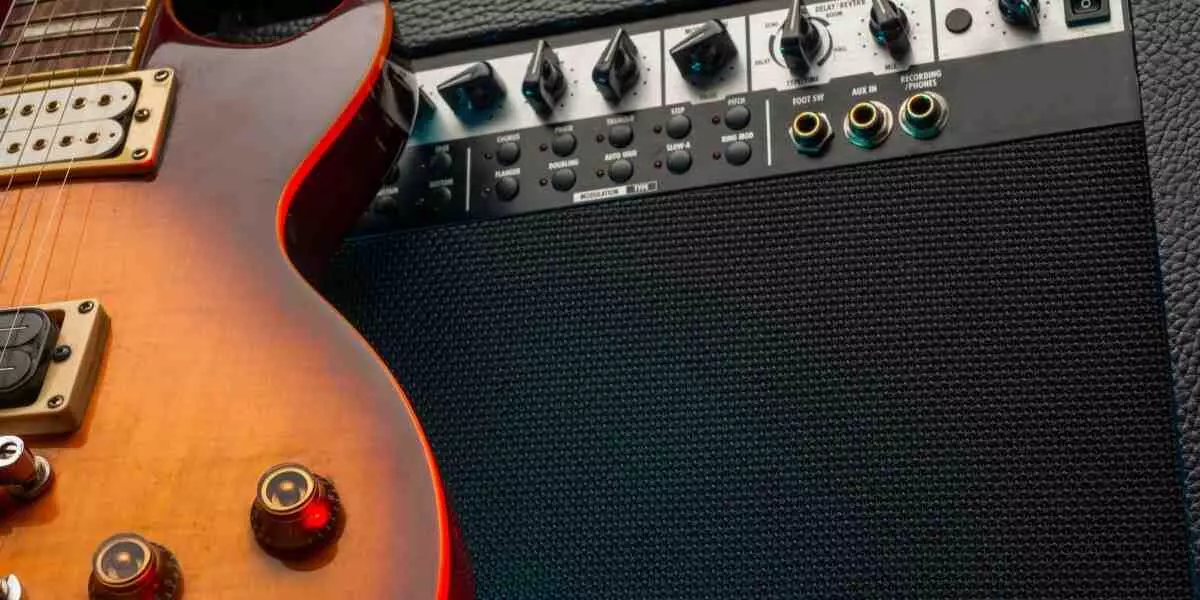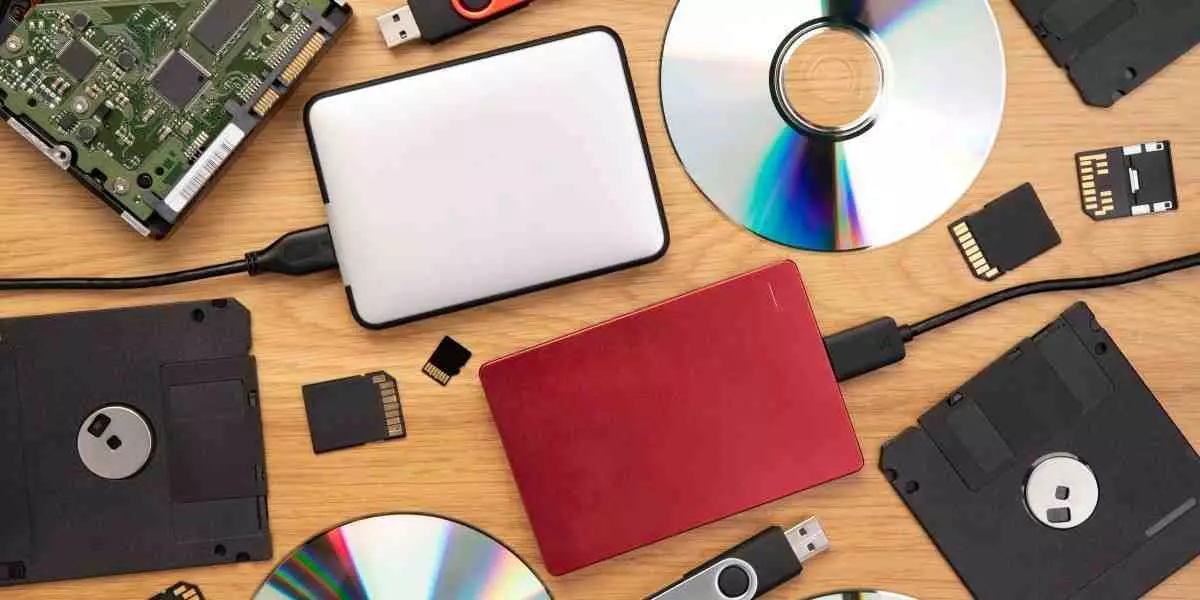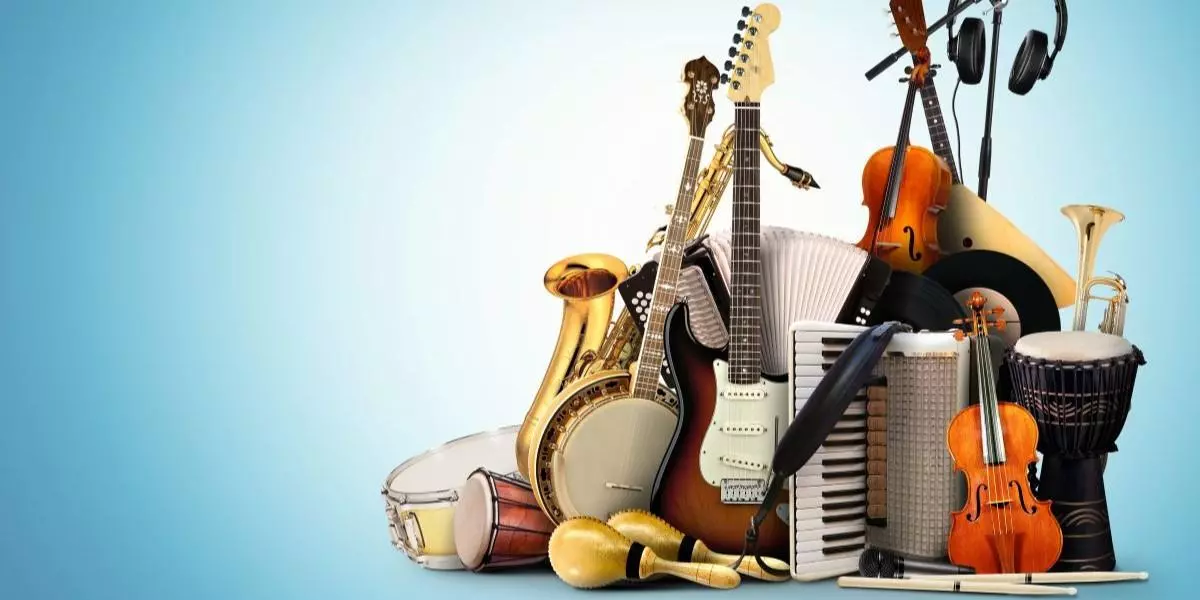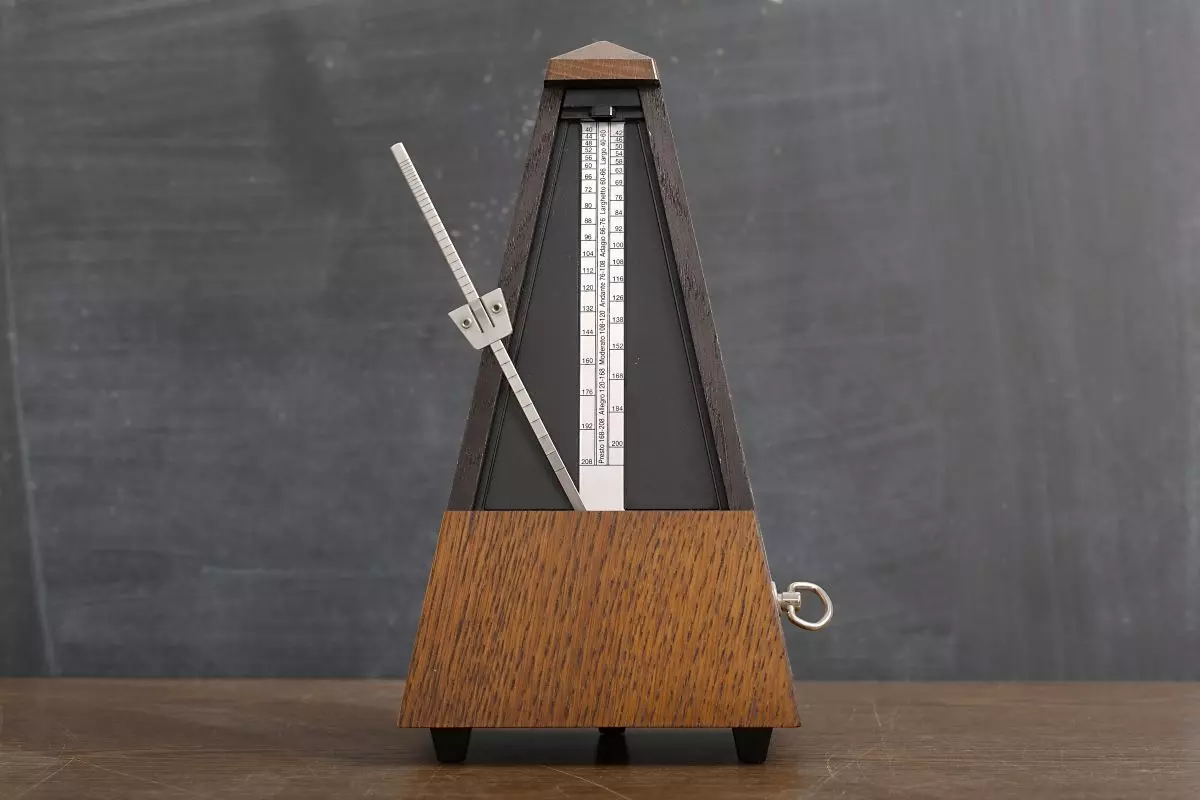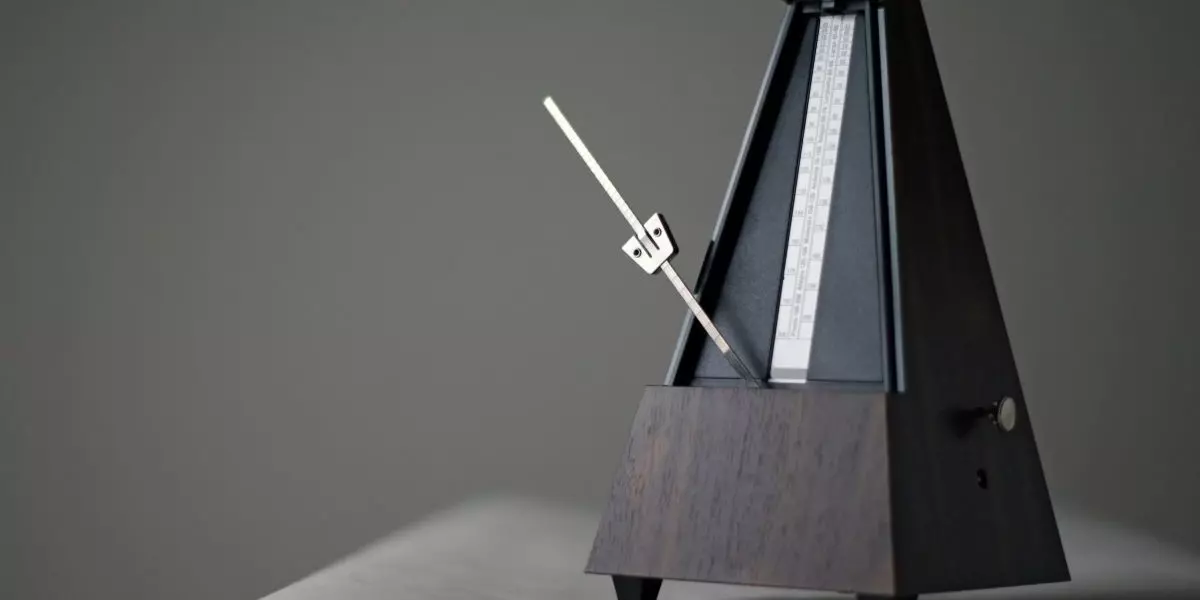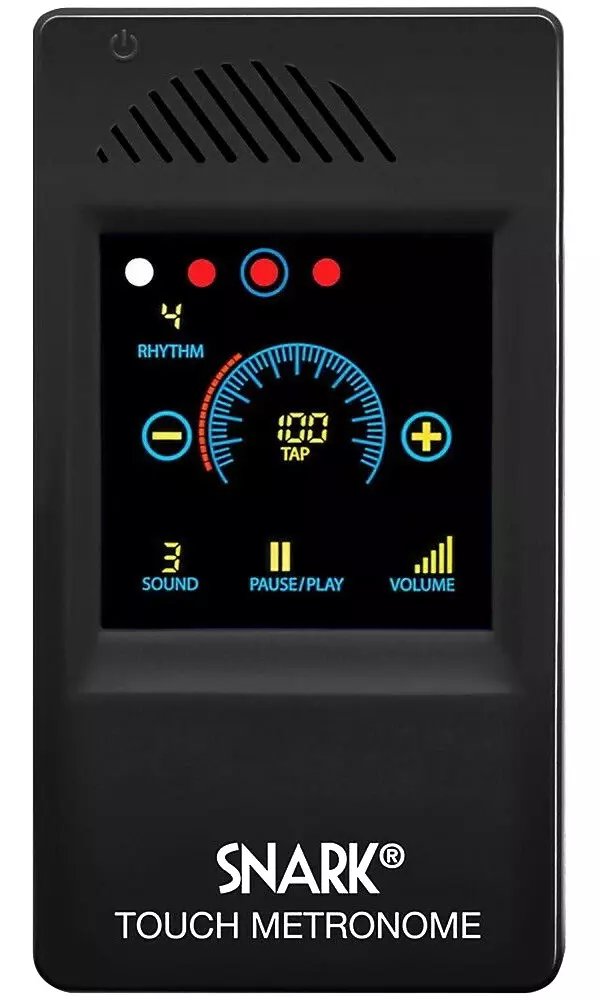A Beginner's Guide to Using a Metronome for Musical Practice
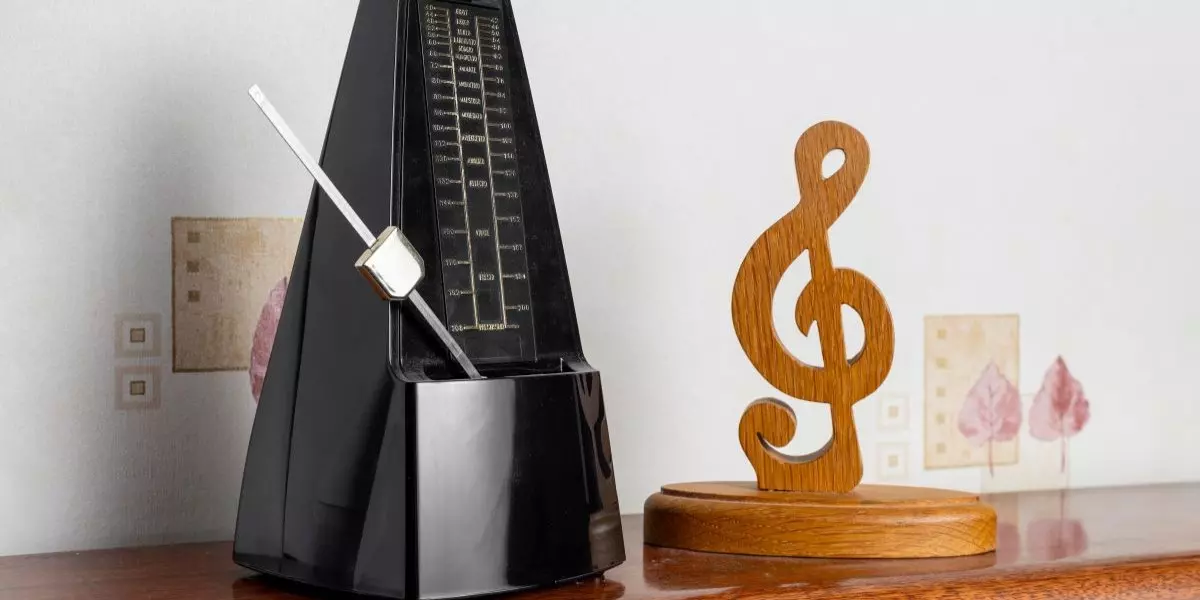
Music is not just about melodies and harmonies; it's also about rhythm, tempo and timing. A metronome is a vital tool for begineer musicians to help them stay in tempo and maintain a consistent rhythm throughout their performance. In this article, we will explore the ins and outs of using a metronome to enhance your musical practice and performance.
What is a Metronome?
A metronome is a device that produces a regular, repetitive sound at a particular tempo. A metronome acts as a steady guide, helping musicians stay on beat and keep the tempo steady during a performance. You can choose between a traditional mechanical metronome or a digital metronome.
How do Metronomes Work?
Metronomes work by generating simple rhythmic patterns that assist in maintaining time. You can set them to various beats per minute (BPM), and they will improve your consistency and precision in your playing. For example, setting a metronome to 80 means there are 80 beats per minute.
Understanding time signatures is essential to play various songs with different tempos. Time signatures consist of 2 numbers. The top number indicates the number of beats in a measure. The bottom number indicates the value of the beat. The most common examples of intervals are:
-
4/4: The most common time signature is when one click equals one-quarter note, and four clicks equal a full measure.
-
2/4: A 2/4 timepiece would be when one click equals two quarters or a half note, meaning two clicks would equal a full measure.
Why should I practice with a Metronome?
Using a metronome when practicing helps in several ways. It helps maintain a consistent tempo while you play and not subconsciously speed up or slow down. It also helps with your timing precision.
Playing each note with the metronome helps you maintain a consistent timing and duration for each note. It also ensures that there is equal time between each note. This can improve your overall musical performance. Using a metronome can help you develop a strong sense of rhythm.
Practice playing scales and exercises slowly with a metronome. Increase the speed gradually as you become more comfortable with the previous tempo. Playing a mix of new and familiar songs at a slow pace can help you play more accurately and consistently.
Using a metronome regularly helps you get familiar with different speeds and tempos. This way, when you see a tempo marking in sheet music, you'll know exactly how fast the music should be played.
Traditional Metronomes
Traditional metronomes are often made of wood and are triangular in size. They have a clock mechanism that moves an arm back and forth on the face of the metronome.
A weight is present on the arm that moves it up or down. The lower it is, the faster the tempo; the higher it is, the slower the tempo. Mechanical metronomes must be on a flat, level surface to work correctly.
Musicians who want to measure their tempo and don't need anything complicated will appreciate the simplicity of a traditional metronome.
Electronic Metronomes
These days, many different electronic metronomes are available for sale. They range in sound from simple beeps to recordings of woodblocks and cowbells. Musicians can use electronic metronomes with earphones to prevent distracting people around them.
An electronic metronome can emphasize the first beat of a bar for different time signatures. Some metronomes allow you to subdivide the beat into quarter notes or eighth notes and can play polyrhythms and complex time signatures.
You can even purchase an electronic metronome worn like a watch that silently pulses the tempo on your wrist! These are great during live performances to keep your tempo on cue. Most metronomes will have a tempo range between 35 and 250 beats per minute (BPM).
How to Use a Metronome
1. Pick Your Metronome: Choose a metronome that suits your needs and preferences, whether it's a traditional mechanical one or a modern electronic one. Classical musicians and piano players often like traditional metronomes as they provide a rich acoustic sound. Drummers like electronic metronomes that can do more complex rhythms and can be used with headphones.
2. Choose the Correct Tempo: Set the metronome to the appropriate BPM that matches the tempo of the music you're practising.
3. Start Slow: Begin with a slower tempo, gradually increasing the speed as you become more comfortable with the piece, scale or exercise.
4. Practice Often with Your Metronome: Incorporate the metronome into your regular practice sessions to develop a strong sense of timing and rhythm.
Next Steps
Incorporating a metronome into your practice routine can enhance your musical skills and overall performance. By understanding its functionality and following the recommended steps, you can harness the power of this simple yet effective tool to become a more proficient and confident musician.
When you book a music lesson with Long & McQuade, we offer metronomes to use as part of your lesson upon request. Ready to take your musical practice to the next level? Start practicing with a metronome to unlock your rhythmic potential and wow your audience with precision and impeccable timing!

